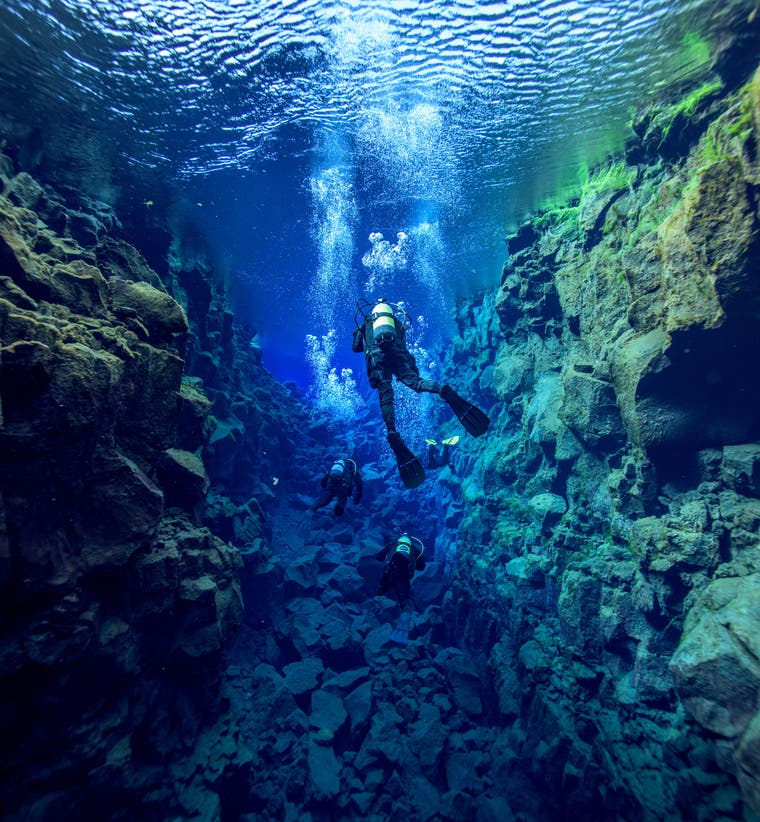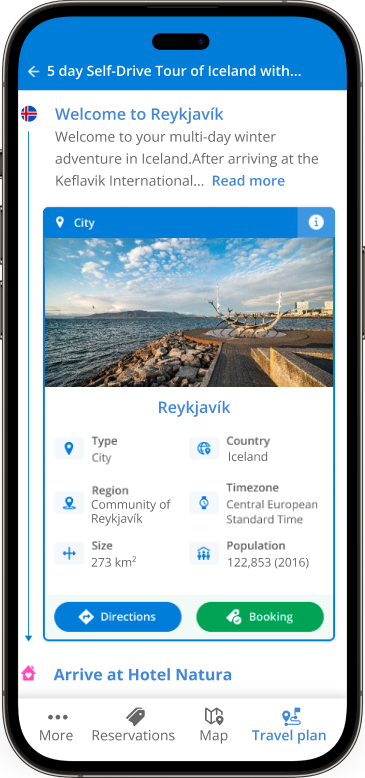
Noah Hellaby
It was super fun. To be able to dive down and have a new world open in front of you is amazing. So much better than snorkeling. I totally recommend this!

Choose your perfect Icelandic experience
Select dates
Add travelers
Refine the results by using the filters
Discover the advantages that make us the most trusted choice for your adventure in Iceland
Explore an unequalled wealth of tours and packages
Read first-hand reviews by customers from across the world
Diving in Iceland is an unforgettable experience, offering some of the clearest waters in the world. Unlike tropical dive sites, Iceland’s underwater landscapes are shaped by glacial meltwater and tectonic activity. The most famous dive site is Silfra fissure, located in Thingvellir National Park, where divers can explore the rift between two continents in pristine, crystal-clear water.
Silfra fissure is one of the most unique dive sites in the world. It’s the only place where you can dive between the North American and Eurasian tectonic plates, experiencing underwater visibility of over 328 feet (100 meters). Diving here offers an unparalleled experience, with divers gliding through the crystal-clear water and exploring the colorful and dramatic rock formations that line the rift.
With Silfra water temperatures ranging from 35–39°F (2–4°C) year-round, the experience is both exhilarating and refreshing. It's a must-do for avid divers, no matter the season!
The Silfra fissure is located within Thingvellir National Park, a UNESCO World Heritage site. It's known for its geological significance where the North American and Eurasian tectonic plates meet, as well as its rich history as the founding site of Iceland’s parliament, the oldest parliament in the world.
With its stunning landscapes of lava fields, crystal-clear lakes, and scenic vistas, Thingvellir National Park is an integral stop on Golden Circle tours, alongside the Geysir geothermal area and Gullfoss waterfall. Diving in Silfra adds a unique adventure to this iconic route.
To dive in Silfra fissure, you'll need a SCUBA certification (PADI Open Water or equivalent). Diving in Iceland can be physically demanding due to the cold water conditions, so all divers must sign a medical statement before their tour. If you have any underlying health conditions, such as neurological, circulatory, or respiratory issues, you may need a doctor's approval note.
Additionally, divers over 45 who smoke, have high cholesterol, or a family history of heart problems, as well as those over 60, will need medical clearance to participate. Tour operators provide all the necessary gear to ensure a safe and comfortable experience.
If you’re not diving certified or prefer a more accessible option, snorkeling tours in Silfra are a great alternative. For those looking to gain the necessary certification, you can take this PADI Dry Suit Diver Course to get certified and prepare for cold-water diving in Silfra.
Several guided diving tours allow you to explore the Silfra fissure in Iceland. Whether you're interested in drysuit diving, free diving, or even night diving, these tours offer a variety of ways to experience Iceland’s unique underwater world.
While the Silfra fissure is the most famous diving and snorkeling location in Iceland, there are several other unique spots worth exploring for diving lovers.
Diving in Silfra fissure is a once-in-a-lifetime experience, offering the unique opportunity to explore the rift between two tectonic plates in some of the clearest water on Earth. With its unparalleled visibility, crystal-clear glacial water, and the chance to dive between the North American and Eurasian continents, Silfra is a must-visit for any diving enthusiast.
Whether you’re a certified diver or prefer snorkeling, Silfra’s stunning underwater landscapes and rich geological history make it a truly unforgettable destination. Explore the selection of diving tours in Iceland for an underwater adventure.

Download Iceland’s biggest travel marketplace to your phone to manage your entire trip in one place
Scan this QR code with your phone camera and press the link that appears to add Iceland’s biggest travel marketplace into your pocket. Enter your phone number or email address to receive an SMS or email with the download link.